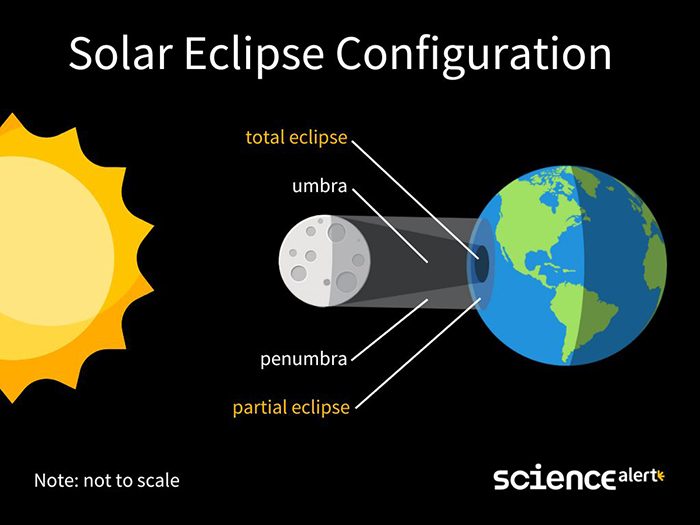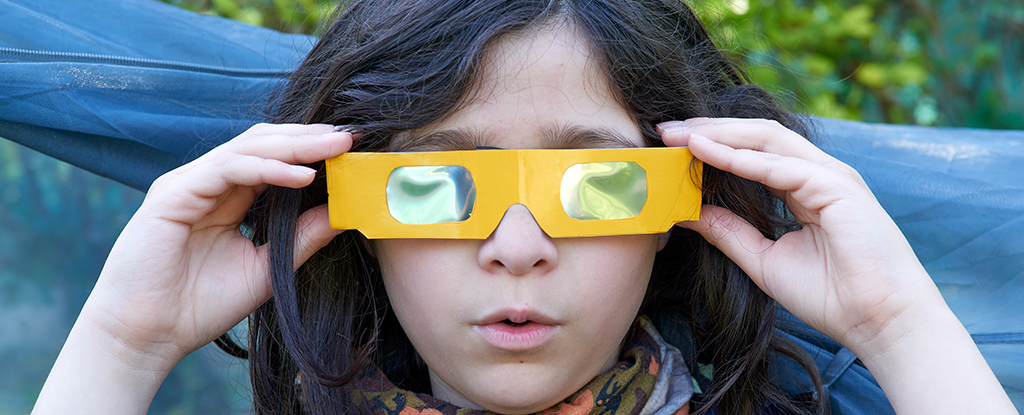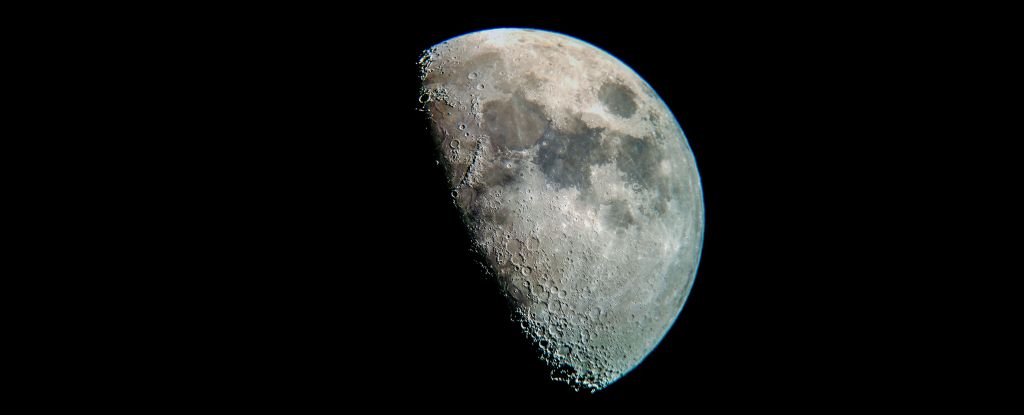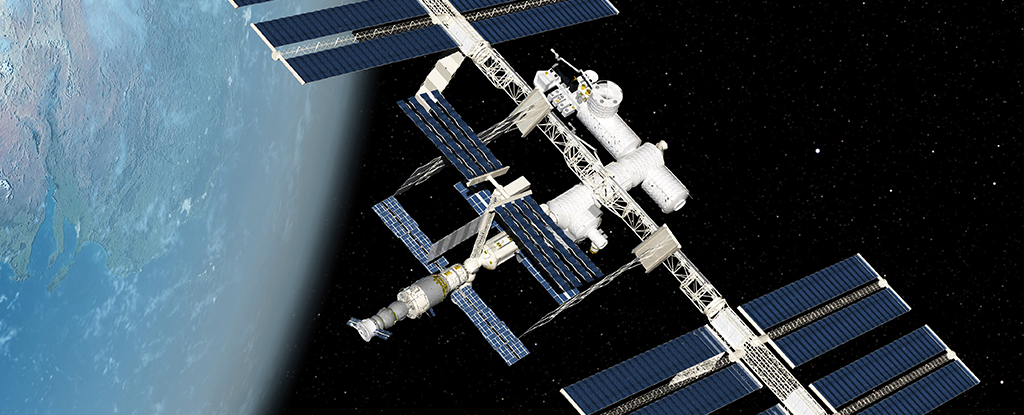The Sun, the Moon, and our home planet Earth are about to enter a rare alignment. On 8 April, the three bodies will form a perfect line in space, and Earth – just briefly – will experience the daytime darkness of the Moon’s shadow.
This is a total solar eclipse, and it’s the last one that will sweep across a broad swath of the North American continent until 2044.
Known as the eclipse’s totality, the patch of darkness will travel from southwest to northeast, passing across Mexico, cutting through 13 US states, followed by parts of Canada.
Are you prepared? Here’s how you can safely experience a phenomenon that is known to occur on just one planet in our Solar System.
Go check it out, Earthlings.
Step 1: Find the best spot
The eclipse begins when the Moon first starts to block the Sun’s light from hitting any part of Earth’s surface. Those bobbing about in the middle of the Pacific Ocean will be the first to witness the first moments of the transit, which starts at 15:42 UTC.
The total eclipse part then commences 16:38 UTC, with the peak occurring at 18:17 UTC. The totality is predicted to last for 4 minutes and 48 seconds.
Of course, the timing and perspective all depends on where you’re standing. Most of the North American continent will be treated to a view of at least a partial eclipse, seeing the Moon pass in front of, but not completely cover, the Sun.
You can see detailed maps of the locations the shadow will pass over here.
Step 2: How to watch it safely
Safety first! If you’re traveling anywhere, please remember to drive safely. Recent research has shown that traffic accidents and fatalities can spike during a solar eclipse as people travel to locations where they can get the best view.
Remember, that hot ball of gas is still shining, so you’ll need a hat, sunscreen, and sunglasses.
Now, don’t forget the golden rule: you should never, ever look directly at the Sun without a filter (no, your sunglasses don’t count). Even if there is a whopping great Moon in front of it. Totality – when the Moon completely covers the disk of the Sun – lasts a very brief time, and you can sustain serious eye damage before you know it.
You can purchase special filtered glasses for viewing an eclipse, and they’re generally pretty affordable. Bonus: You can also hang onto them for looking at the Sun any time that takes your fancy, which is currently not a bad idea – the Sun is very active, and you might even be able to see a sunspot or two.
frameborder=”0″ allow=”accelerometer; autoplay; clipboard-write; encrypted-media; gyroscope; picture-in-picture; web-share” referrerpolicy=”strict-origin-when-cross-origin” allowfullscreen>
It’s important to note, however, that not all eclipse glasses are created alike, and some ‘counterfeit’ glasses may not provide the advertised protection. The American Astronomical Society has a list of approved manufacturers you can buy glasses from to peer safely at our glorious star.
If you don’t have access to eclipse glasses, you can participate in the eclipse using stuff you have around the house.
A simple pinhole camera can be made with an empty cereal box and a piece of aluminum foil.

If you don’t have time to muck about with cereal boxes, you can use a colander to achieve a similar effect. Hold the colander under the full light of the Sun. Its small holes focus the sunlight, reproducing the shape of the Sun in the colander’s shadow on the ground below.
Have a limited kitchen? This effect can also be created by making a grid with your fingers.
Step 3: Share your moment with us here at ScienceAlert
Whether it’s a cardboard box, colander, or a full home observatory, if you want to share your eclipse setup with some fellow nerds, we’d love to see it.
Send photos to us by email, or direct message our Instagram account, and we can appreciate our viewing parties together.
Step 4: Explain the amazing science to your friends
An eclipse is the result of a cosmic alignment between the Sun, the Moon, and Earth.
For a lunar eclipse, the Earth is in the middle, casting its shadow on the Moon.
For a solar eclipse, the Moon is in the middle, casting its shadow on Earth.

As far as we know, Earth is the only planet to experience total eclipses the way we do. That’s because the Moon and the Sun are at precisely the right distances from Earth that they appear to be the same size in the sky, even though the Moon is a heck of a lot smaller than the Sun.
The ratio of the size difference between the two objects is almost exactly the same as the ratio of their distances from Earth.
The Moon has a diameter of 3,475 kilometers (2,159 miles). The Sun has a diameter of about 1.4 million kilometers, or about 400 times that of the Moon.
The Moon orbits Earth at an average distance of 383,500 kilometers (238,000 miles). And Earth orbits the Sun at an average distance of about 150 million kilometers. Which is about 400 times more distant.
Coincidence? Well, yes. More or less.
It’s not exactly the same, of course, and since the orbital paths of both Earth around the Sun and the Moon around Earth are slightly oval, the apparent sizes vary, but it’s close enough to produce the spectacular total eclipses we sometimes see on Earth.
Nowhere else in the Solar System has this coincidental alignment, and it’s only a temporary one. The Moon was once much closer to Earth, and it’s gradually moving farther away. That makes us pretty lucky to live in a time that we get to experience the phenomenon.





